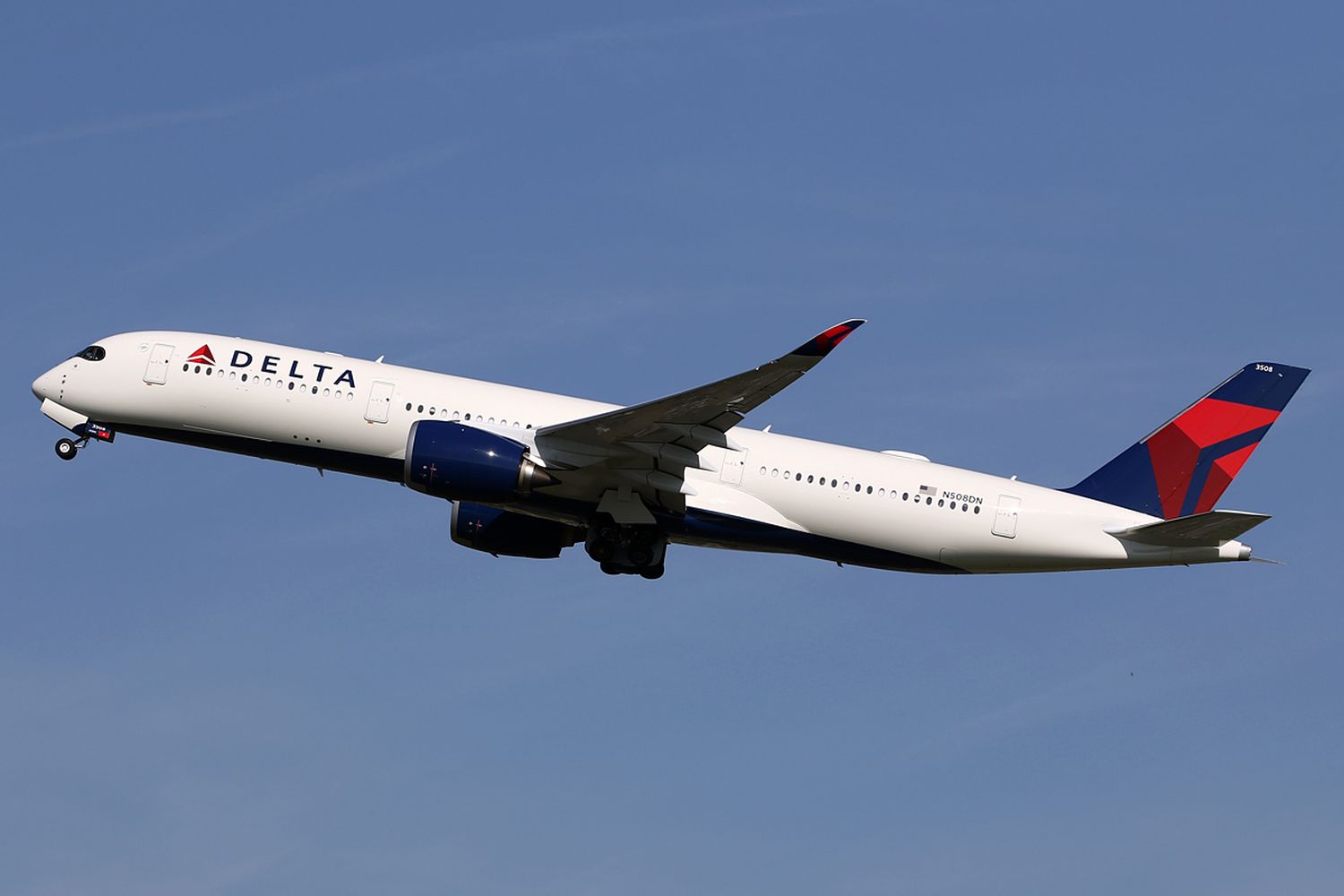Why Seatbelts Matter: Delta Flight Turbulence Leaves Passengers and Crew Injured
New data from the investigation into an incident that occurred in August 2023 during a Delta flight from Milan to Atlanta, which encountered severe turbulence about 40 minutes before landing, show that injured passengers were not wearing seatbelts, resulting in multiple injuries.
According to the National Transportation Safety Board (NTSB), the eleven passengers injured during the incident did not have their seatbelts fastened, despite the seatbelt signs being on.
Flight DL-175, operated by an Airbus A350-900, had departed Milan with a delay of over three hours and crossed the Atlantic without issues. However, upon approaching Atlanta, the aircraft encountered turbulence that caused some passengers to be thrown from their seats, resulting in spinal fractures and other injuries, according to details from our partner outlet, AEROIN.
Among the injured, two passengers suffered severe spinal fractures, while other victims were treated for neck sprains.
The two cabin crew members who were seriously injured were diagnosed with compression fractures in their spines and broken ribs. Neither of them was seated at the time of the incident, as they were preparing the cabin for arrival.
Other crew injuries included neck and ankle sprains, knee pain, and a concussion.
The flight captain reported noticing areas of rain along the approach route that could cause issues and requested to deviate from the path, but air traffic control in Atlanta denied the request.
Although the radar and systems used by the pilots did not indicate bad weather along the assigned route, the turbulence caught everyone by surprise. The turbulence lasted only 12 seconds, with just 2 seconds classified as severe, but this was enough to cause multiple injuries.
Following the incident, the pilots declared a medical emergency, and the aircraft was met by rescue teams at the gate in Atlanta, where eleven people had to be hospitalized.
NTSB investigations indicate that turbulence-related injuries are more likely during the descent phase of a flight.
Accident data from 2009 to 2018 showed that 36% of turbulence-related injuries occur during this phase, and 65% of these accidents happen when the aircraft is below 20,000 feet. In the case of flight DL-175, the aircraft was at 14,000 feet when it encountered severe turbulence.
The seatbelt: ALWAYS fastened
This incident serves as a fresh reminder to passengers of two important points: first, always follow cabin crew instructions; and second, even when the seatbelt signs are turned off, you should keep your seatbelt fastened, as there is never a guarantee of being free from turbulence risks. This is especially critical on long-haul flights where passengers may fall asleep and miss new warnings from the crew.
While this flight had no fatalities, there have been many cases where passengers have not been as fortunate.
The air transport industry has been working for years to prevent turbulence-related incidents. While technology has advanced significantly in recent decades, the threat remains. In 2018, IATA launched the Turbulence Aware platform, allowing airlines to share real-time turbulence information, helping them avoid such phenomena when planning flights.
According to IATA, the challenges of turbulence management will grow as climate change continues to impact weather patterns.
During the IATA Media Day held last Tuesday in Geneva, the organization reported that the program recently added six more airlines, including Asiana Airlines, British Airways, Scoot, and Singapore Airlines. Currently, more than 25 airlines are participating, with a combined fleet of 2,500 aircraft, providing approximately 38 million turbulence reports in 2023.


Comentarios
Para comentar, debés estar registrado
Por favor, iniciá sesión